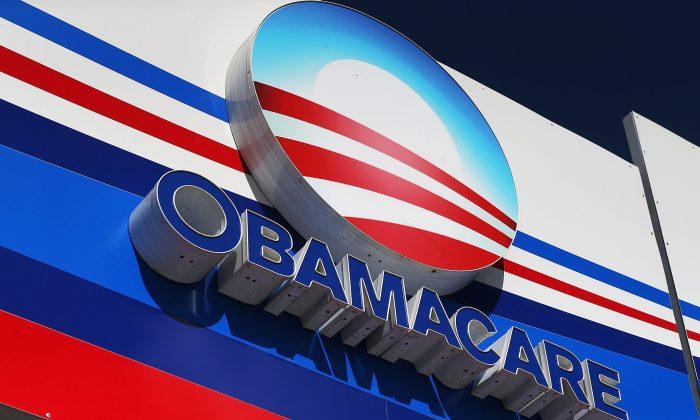Americans collectively have about $140 billion in outstanding medical debts, according to a recent study published by the Journal of the American Medical Association.
Those hefty bills are driving many people into bankruptcy—at least according to prominent progressives. Left-wing leaders have long stoked fears of “medical bankruptcy” to boost support for government-run, single-payer healthcare.
During his last run for president, Senator Bernie Sanders (I-Vt.) declared that enormous medical bills force a staggering 500,000 people to declare bankruptcy each year—a fact that, if true, would justify drastic reforms to the healthcare system.
But the dystopian portrait painted by Sanders and his allies doesn’t reflect reality. Medical bills can certainly be onerous to many families. But they’re rarely the sole, or even the main, cause of personal bankruptcies.
Sanders based his numbers on a 2019 editorial published by the American Journal of Public Health. The authors conducted a study in which about two-thirds of the 700,000 debtors surveyed said medical expenses contributed “somewhat” or “very much” to their bankruptcy.
That’s not exactly a direct, causal relationship. A more accurate conclusion would be that medical expenses played a role in families’ deteriorating finances.
Often, the main cause of bankruptcy isn’t a surge in debt—it’s a precipitous drop in income. Someone diagnosed with cancer may certainly face burdensome medical bills. But the far bigger threat to one’s finances comes from no longer being able to work full-time—or at all—during a treatment regimen.
Other research confirms that healthcare bills alone rarely drive people into bankruptcy. A 2018 study in the New England Journal of Medicine analyzed the percentage of people with medical bills who went bankrupt, rather than how many bankruptcy filings included some level of medical debt. The study concluded that medical bankruptcies, specifically those caused by hospitalization, make up just 4 percent of all bankruptcies.
Facts like these haven’t slowed the push for single payer. Representative Pramila Jayapal (D-Wash.), the chair of the Congressional Progressive Caucus, seized upon the JAMA study’s $140 billion statistic soon after it was published, tweeting that the solution was Medicare for All.
The thinking goes that enrolling most Americans in a fully government-run healthcare system funded by tax dollars—rather than the current mix of public and private money—will prevent people from going bankrupt.
But once again, the math doesn’t check out. Government-sponsored, single-payer healthcare isn’t “free.” It’s funded by enormous, broad-based taxes on businesses and workers alike. Those taxes constrain economic growth and, by definition, leave people with less cash on hand to meet their other financial obligations.
Consider Canada, which has a single-payer system revered by American progressives. A family making the average income of 75,300 Canadian dollars—about US$59,700—pays $6,500 in taxes just to cover its share of the national health insurance tab, according to a September 2021 report from the Fraser Institute, a Canadian think tank. An average family of four pays an estimated $15,039 in healthcare taxes. Those figures are on top of all the other taxes Canadians pay to support everything from education to national defense.
Canadians pay a higher share of their total compensation to the government than Americans, according to OECD data.
That explains, in part, why Canadians declare bankruptcy at higher rates than their U.S. counterparts. In 2019—the year before the pandemic and its ensuing flood of stimulus programs caused a marked decrease in bankruptcies in both countries—about 137,000 Canadians sought protection from insolvency, out of a total population of almost 38 million, a rate of 3.6 bankruptcies per 1,000 residents.
That same year, slightly more than 770,000 Americans declared bankruptcy, out of a total population of 329 million at the time—a rate of 2.3 bankruptcies per 1,000 residents.
Medical bills don’t cause nearly as many bankruptcies as progressive lawmakers want people to believe. And single payer certainly wouldn’t prevent people from going insolvent.





